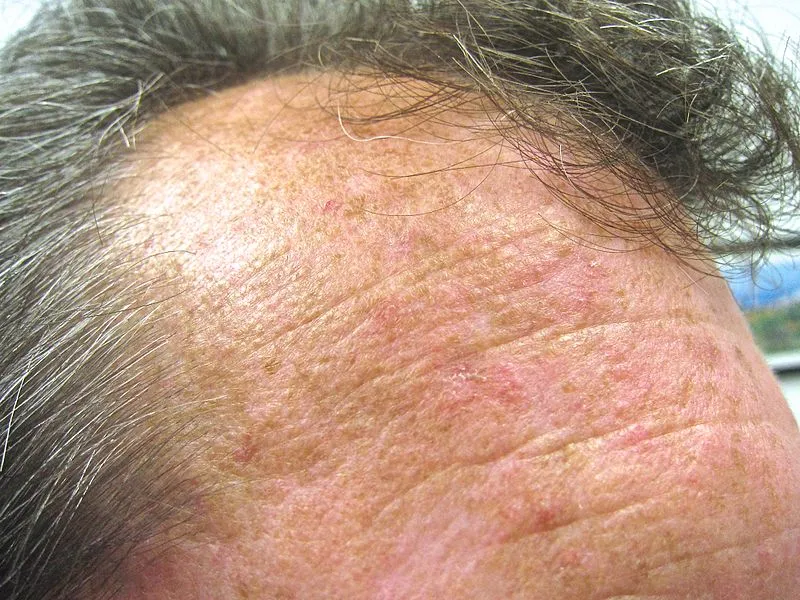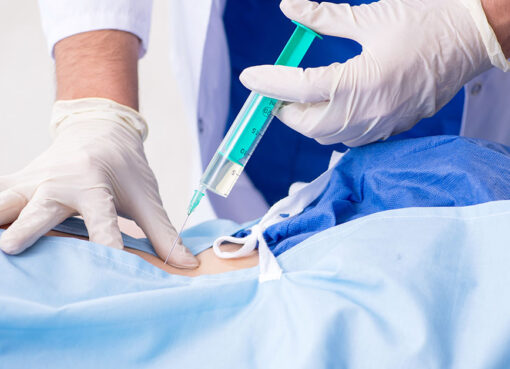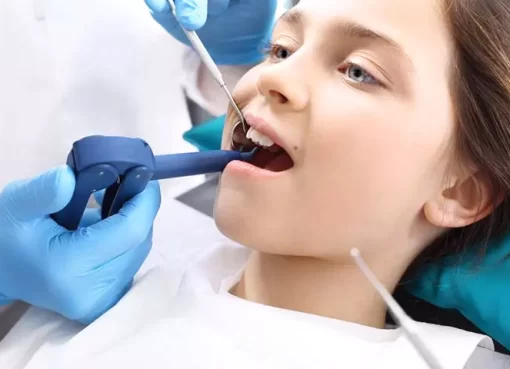Skin cancer mostly develops from actinic keratosis, and if left untreated, skin cancer may develop to further stages. Therefore, seeking actinic keratosis Santa Barbara treatment can be a safe way to lower the effects of AK. Different treatment options can prevent the appearance of actinic keratosis. You can also take preventive measures like limiting sun exposure to lower the risk of the condition. Your skin matters, so every step towards taking care of it should be necessary.
What is Actinic Keratosis?
Actinic keratosis causes scaly, rough patches to develop on the skin due to continuous sun exposure. The condition mostly appears on the forearms, face, lips, neck, and scalp, and if left untreated, can cause squamous cell carcinoma, a type of skin cancer. AK mostly happens because of exposure to ultraviolet light from the sun and tanning beds because the light damages the skin’s outer layer.
What are the Signs of Actinic Keratosis?
You will notice rough and raised bumps that may vary in color, such as pink, red, gray, and skin color. Other signs you may develop may include burning and stinging sensations, bleeding, pain, scaly, dry lips, and color loss in your lips. Visit a doctor when you notice any color changes in your skin because it may be difficult to differentiate between cancerous and noncancerous conditions.
What is the Diagnosis and Treatment of Actinic Keratosis?
Your doctor will examine your skin to check for the signs of the condition. Your doctor may do a skin biopsy if the observation does not give a clear diagnosis. After the diagnosis, you will require treatment. You may need prescriptions, including creams and gel, to eliminate the AK. The medications may cause side effects like redness, burning sensation, and scaling. The second form of treatment may be surgical procedures that include the following.
Freezing
Your doctor may freeze the actinic keratosis using liquid nitrogen by applying it to your skin. The affected skin peels off then new skin appears.
Scraping
Your doctor scrapes the affected skin and may follow the procedure with electrosurgery to cut and destroy the affected cells. You may develop scarring, infection, and color changes in the skin after treatment.
Laser Therapy
Laser therapy uses beam technology to destroy the rough patches and allow new skin. Your doctor may also use photodynamic therapy to destroy the AK.
Are there Home Treatments for Actinic Keratosis?
Your doctor may recommend home treatments if you have AKs that are hard to see. You may need medicated creams like diclofenac skin gels and skin creams. The creams may last up to 16 weeks, but you should consult with your doctor first on the correct treatment. AK may take several months to disappear after your treatment completely. You may need to go for checkups at least twice yearly and more frequent visits if you have a weak immune system.
You can schedule your visit to a dermatologist for actinic keratosis at LUX Dermatology. You will get a team that will give you a proper diagnosis and recommendations on effective treatment. Guard your skin against the dangers of actinic keratosis by scheduling your appointment today when you visit the facility’s website.





